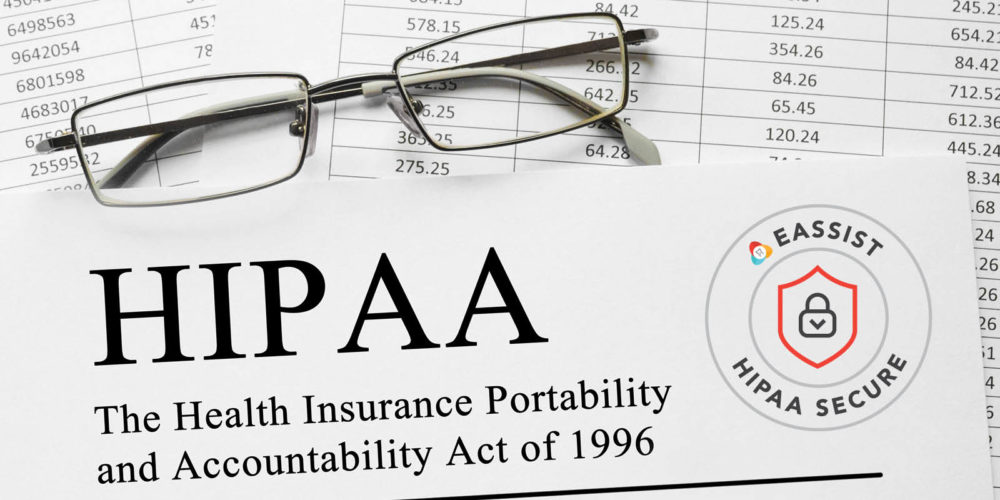Patient Collections: Don’t Be Afraid!
By: Natalie Lucken, Account Manager
Most of the dental people I know react to the words “patient collections” like the rest of the world does when someone says “root canal”. I learned the skills of patient collections for a large endodontic practice when I was only 19 years old. It is still something I actually like doing for dental practices. There are a few ways to make the whole office staff feel more confident and comfortable about doing this often daunting chore.
- Approach this part of your job like it’s any other task. Don’t put it off, and don’t picture yourself as a hungry ogre who wants to shake people down for money.
- Evenings are the best time for calling patients, of course, but make sure you are aware of any state-specific laws which apply to collection calls (i.e. latest evening calls allowed, whether you can call on Saturdays, etc).
- Doing the patient-side collections is a great way to double check that their claims have been handled and followed up on properly. Before calling anyone, I do a quick review of their account ledger to make sure I am prepared to explain the status of any claims, and when possible, why the insurance chose to pay what they actually paid on any claim.
- Some patients are going to hang up on you. It’s a fact. Be sure to document (in the actual general ledger notes not the clinical notes) whatever happens on your attempts to contact them. The same is true for those who yell at you or use “colorful” language. This should not cause you stress! Remember that the dental record is a legal document, and can be used in court to obtain a judgement for the balance due.
- What can I do with someone who just can’t pay us? This situation is very common to collection calls, and a strategy should be set up by the Practice Owner/Manager and the Dentist. Can a person make a smaller payment on a weekly or monthly basis, temporarily, until their life situation gets back on track? Sometimes, extending this to a patient who has lost their job or is going through a divorce goes a long way to letting them know you do need to get paid, but that a show of good faith on their part would help your business stay afloat. Personally, I know of dentists who will make this arrangement, monitor how the payments come in, and then decide if they wish to reduce (or write off) part of the total balance after a certain number of payments.
- It’s really helpful to a practice if they can offer a credit funding arrangement with a service like CareCredit. The balance gets paid right away, and the patient can set the payment arrangements up with CareCredit, leaving the office out of the “banking business” all together.
- Collection letters really do work! Sometimes electronic methods can fail us, and everyone knows of several people who just refuse to use voicemail. That’s where a nice, firmly worded letter can reach out to people in a different way, that might be easier for them to understand. There are many people for whom a phone call or text is simply not the best way to reach them, such as those who don’t speak or understand English. For older folks who may not have a phone that can receive texts, or have hearing difficulties that make phone calls extremely frustrating a printed collection letter is the best option. Tip: When addressing a collection letter, use your best handwriting instead of a printed label. Everyone can instantly tell which items in the mail stack are bills from the printed labels. A handwritten address makes people wonder who took the time to do that, and hopefully cause them to open it immediately, rather than toss it on the kitchen counter for later.
- Most Importantly: ALWAYS LET YOUR COMPASSION SHINE THROUGH. Everyone has gone through hard times financially in their lives, and a little understanding goes a long way. Some collectors will go into these calls with an attitude that comes across as “You owe us money. I EXPECT the full amount in our office in 3 days time, or else!” Although direct, this is not helpful, and can really backfire in the age of social media, when an angry patient can turn into a disgruntled customer with a very large and wide-reaching megaphone readily at hand.
The balances will need to be paid of course, for the health and stability of the practice, but I suggest approaching patient collections from a angle of mutual and shared understanding. That’s how we create the win-win situations that leave good feelings and add value for both dentist and patient. Hopefully, the tips and tricks here can help your office staff see the value in maintaining a good rapport with your patients, so that a spirit of cooperation is fostered while in the process of getting paid.
eAssist Helpful News and Billing Tips; Edition #109





0 Comments